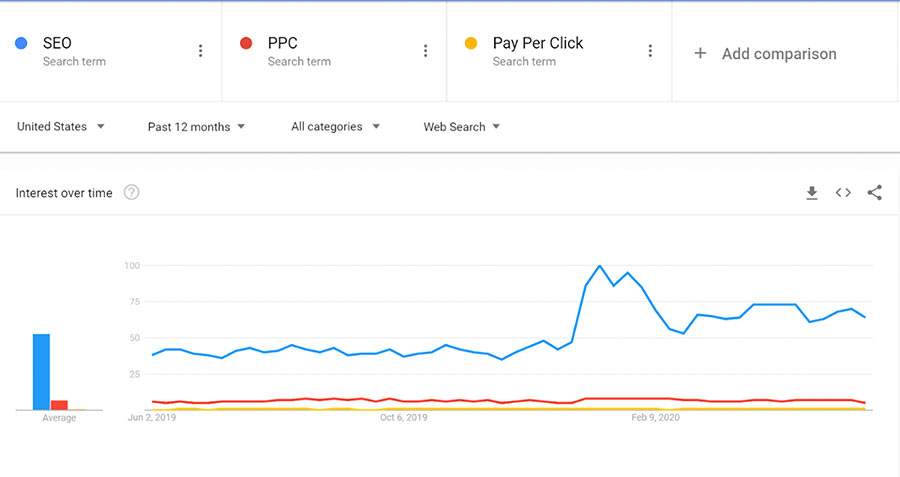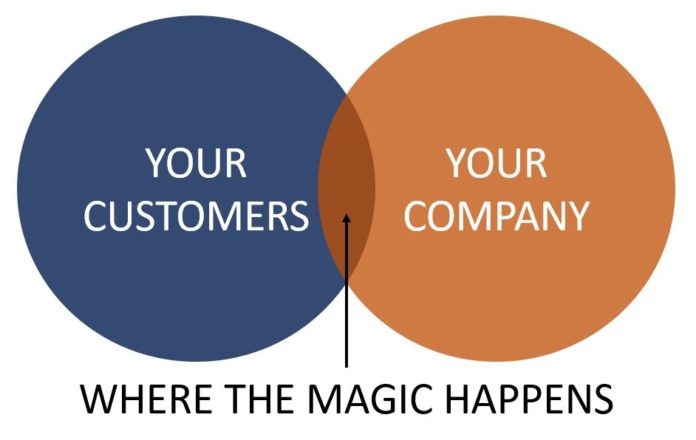
The power and popularity of digital marketing to engage your customers and grow your business have always been a necessity. But COVID-19 made it even more pressing for businesses and customers alike. Whether it be ordering a service from home, curbside pickup, purchasing merchandise or gift cards online, or just finding a good contractor to fix all the stuff you’re now seeing at home.
If this pandemic has highlighted anything for businesses, it is the importance of having a customer-focused marketing strategy where you can adapt and address the changing needs of your clients quickly.
As the owner of Webfor, we’ve helped hundreds of people navigate their business through the challenging waters of this pandemic. We hope this pandemic is a once in a lifetime experience. However, if you take these seven lessons and apply them going forward, your business will be incredibly successful.
- Love your customers
You are very passionate about your service and your product. But if you don’t put your customers first, you’re likely to learn a hard and expensive lesson. Love your customers first! Live to serve your customers! Learn what makes your customers tick!
Fill their needs at the highest level. You will not only have extremely happy customers, but you’ll be able to shift quickly as the customer needs change. If you concentrate on your product/service, how will you know when your customer needs something different?
I would say your goal is to know them better than they know themselves. At least when it comes to what your business can do for them. What psychological needs are you meeting for your customers? Why do they choose your product, service, or business? What problem do you solve for your customer? What is your unique value proposition? What is their customer journey related to your product or service?
Those answers will be the keys to their hearts.
- Create compelling and concise messaging
Once you’ve lived, loved and learned your customers, it shouldn’t be as hard to craft compelling messaging. It needs to clearly communicate your value, uniqueness and an absolute necessity in their lives. I didn’t say it would be easy, just not as hard.
Don’t just create messaging that you think is better. Utilize customer insights, metrics and multivariate testing to objectively prove which messaging is better. We have an in-depth process to help businesses uncover the right messaging that resonates with their customers and compels them to take action.
Last week we were helping a business that was facing multiple challenges during this unprecedented time. We needed to increase the number of leads and do so rather quickly. The first step was to discover an updated message for their service.
We ran their team through our process and came up with new messaging to fit the new normal. We implemented this new messaging and A/B tested it against their current messaging. In almost no time at all, their leads increased by 31%! Over the next year, based on their average closing rate, this one change will make them more than a half a million dollars.
That’s the power of delivering the right message to your customer! Thinking instead of knowing you have the right message will cost you money.
- Customer-centered strategy
Most big businesses don’t have an effective strategy in place. The number of small businesses that don’t have a strategy is even larger. If you really want to grow your business, great messaging is just a start.
Make sure you’re delivering the right message to your customers, in the right places and times, throughout their customer journey. This strategy is developed on a deep understanding of your customer and their behaviors in relation to your industry. If you’re not clear what a strategy even is, you can download our Customer-Centric Digital Strategy Worksheet for free.
- Website and customer experience
Your website is the number one asset of your digital strategy. It’s one of the few assets you actually own and have full control over. The website should be your best salesperson, with the ability to communicate with thousands of customers all at once all over the world.
It executes sales, captures leads, adds value and engages with your customers in numerous ways. The majority of businesses don’t begin to scratch the surface of what their website can do for them. Your website will be a key component of implementing and supporting numerous parts of your strategy:
- Search Engine Optimization
- Public Relations
- Brand
- Messaging
- Paid Media
- Social Media
- Email Marketing
- Automation
- Content Marketing
- Measurement
- And much, much more.
- Search Engine Optimization
While many digital marketing tactics remained flat or were put on hold by businesses, SEO actually increased in popularity during the pandemic. My guess? Many businesses are considering moving budgets from other tactics towards SEO.
For example, if you were doing trade shows that are now canceled, that exposure is lost. Consider allocating some of that budget to a digital tactic where you increase your exposure online. SEO also tends to be the number one source of leads/sales for businesses and have one of the highest return on investments of digital marketing tactics.

- Paid media
While some companies were pausing their paid media campaigns, others saw it as an opportunity to double down. We had a client in the travel industry (of all things) that saw exceptional results because everyone else paused their paid media campaigns. In part because the amount of companies competing for clicks went down, their cost per click went way down, and their number of leads went way up.
We often communicate the value of paid media campaigns to businesses that want to drive more leads. But many businesses learned something else during this pandemic. If they didn’t already have certain campaigns in place (Local Service Ads are one where there are a lot of hoops to jump through) or didn’t implement the required tracking pixels, they lost out on certain opportunities.
We always recommend to our clients to make sure they’re building their audience lists and get any approvals now because you never know when they’ll come in handy. Staying ahead of the curve is always better than playing catch up.
- Measure, monitor and adjust
Measuring what’s working, monitoring your customer’s changing needs and adapting your messaging will let your business weather any changes in the landscape. A stock market drop, a rise in unemployment or even a world-wide pandemic won’t leave you behind.
One thing has been made clear throughout this challenging time is that preparation combined with innovation and a customer-centered strategy will give you a huge competitive advantage. The businesses that were prepared and had a strategy in place will not only come out of this challenge, but they will come out stronger and will thrive in the coming years.
Kevin Getch is founder and director of digital strategy of Vancouver-based Webfor. He can reached at kevin@webfor.com.




